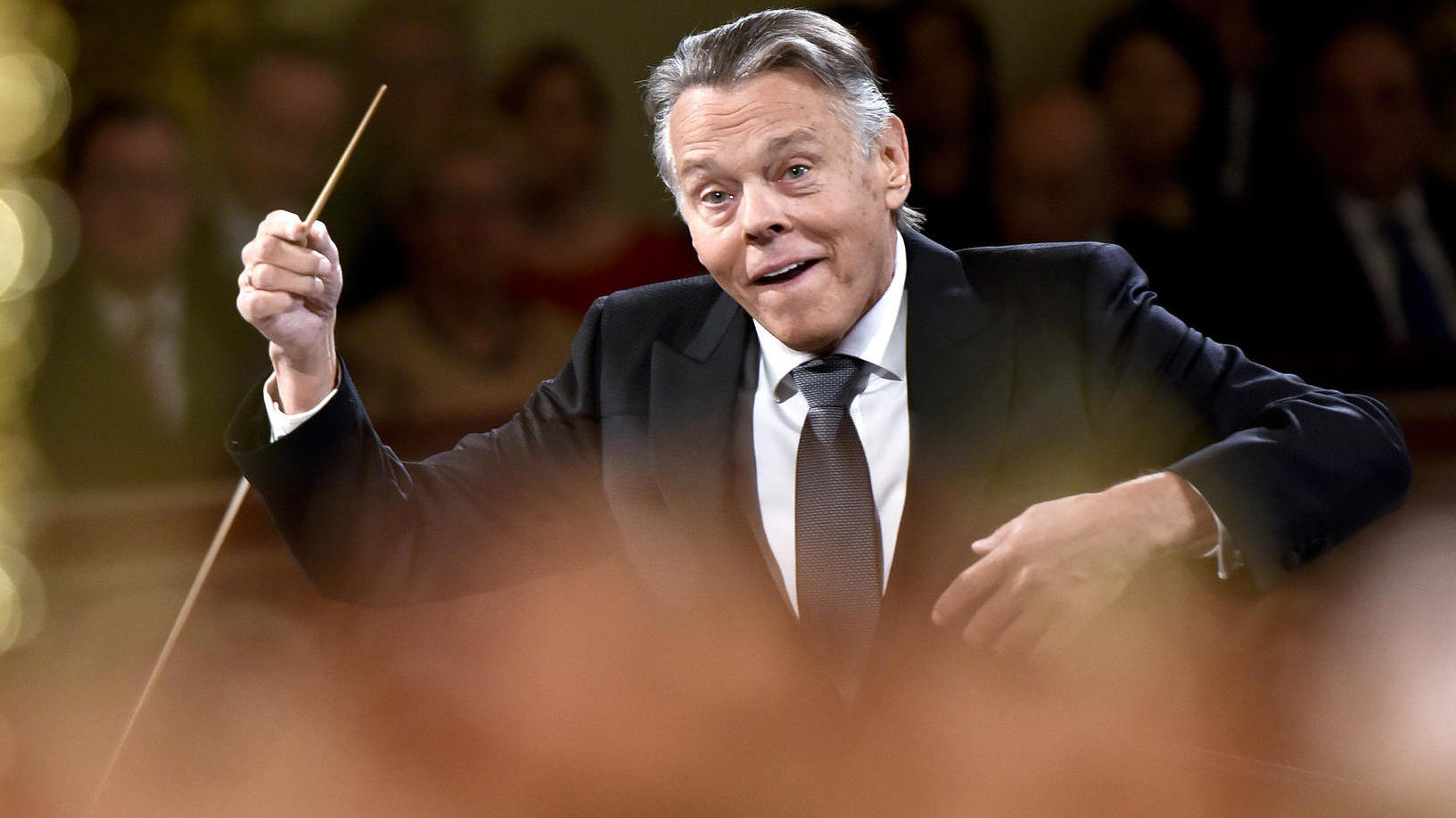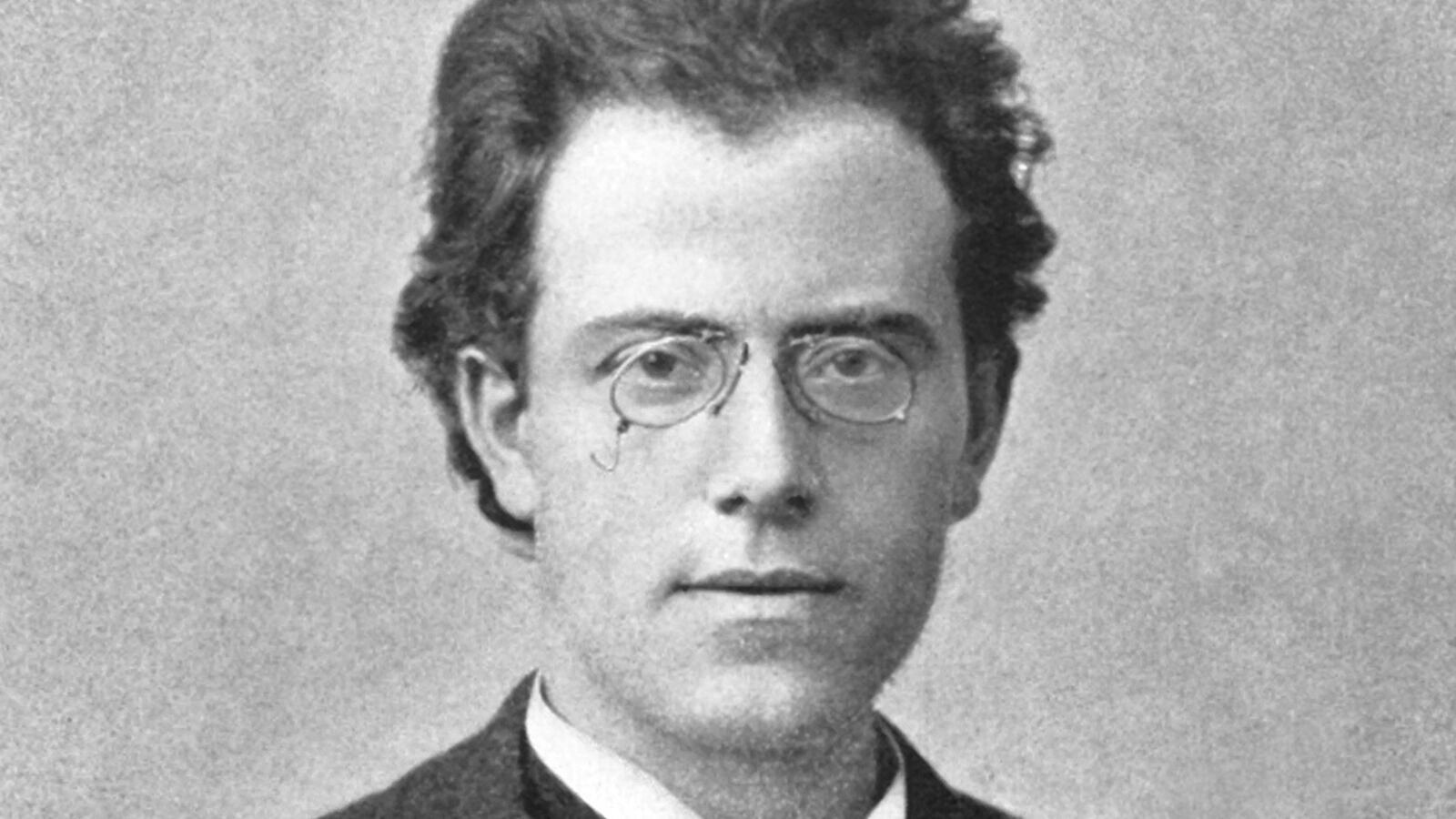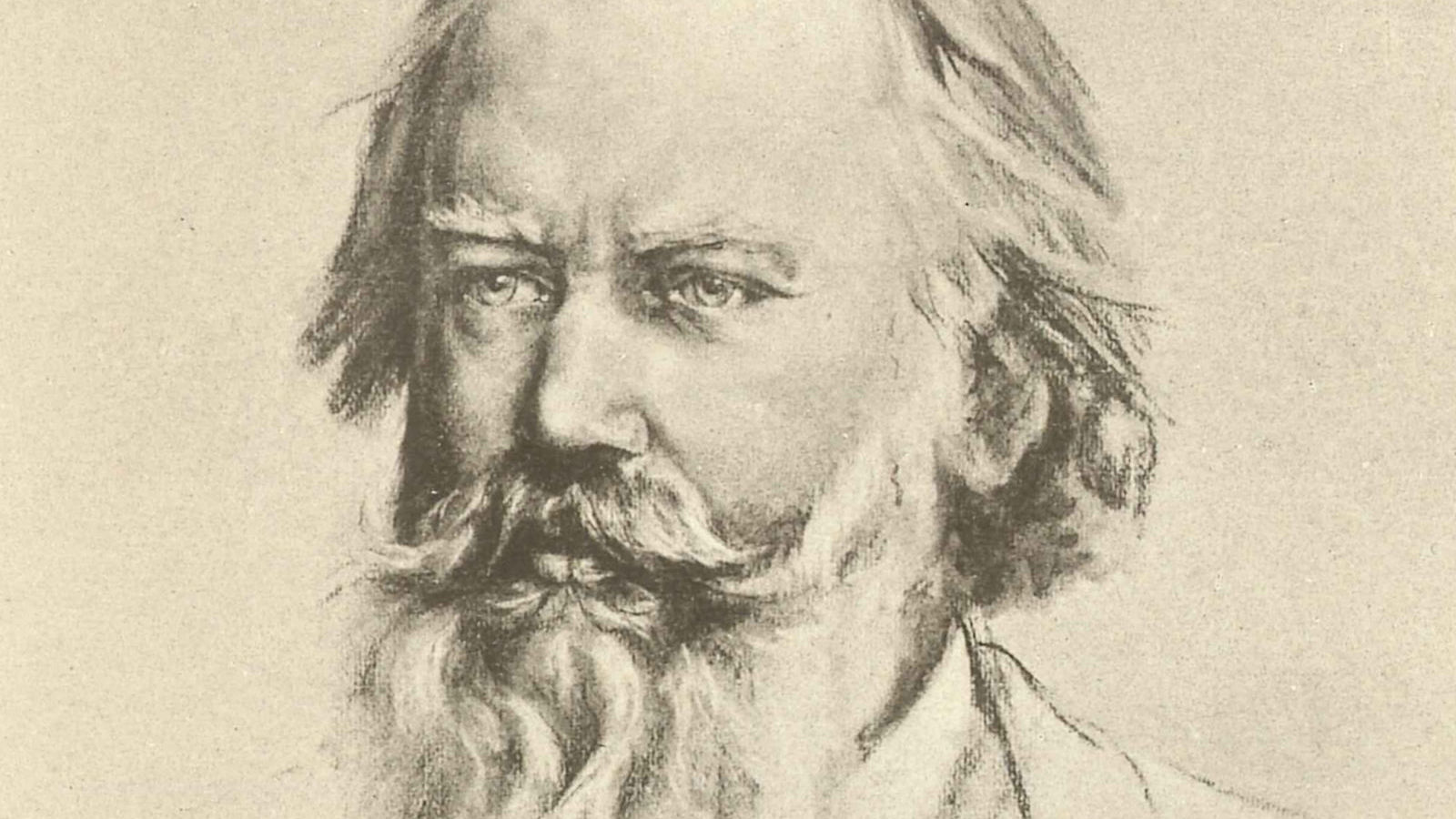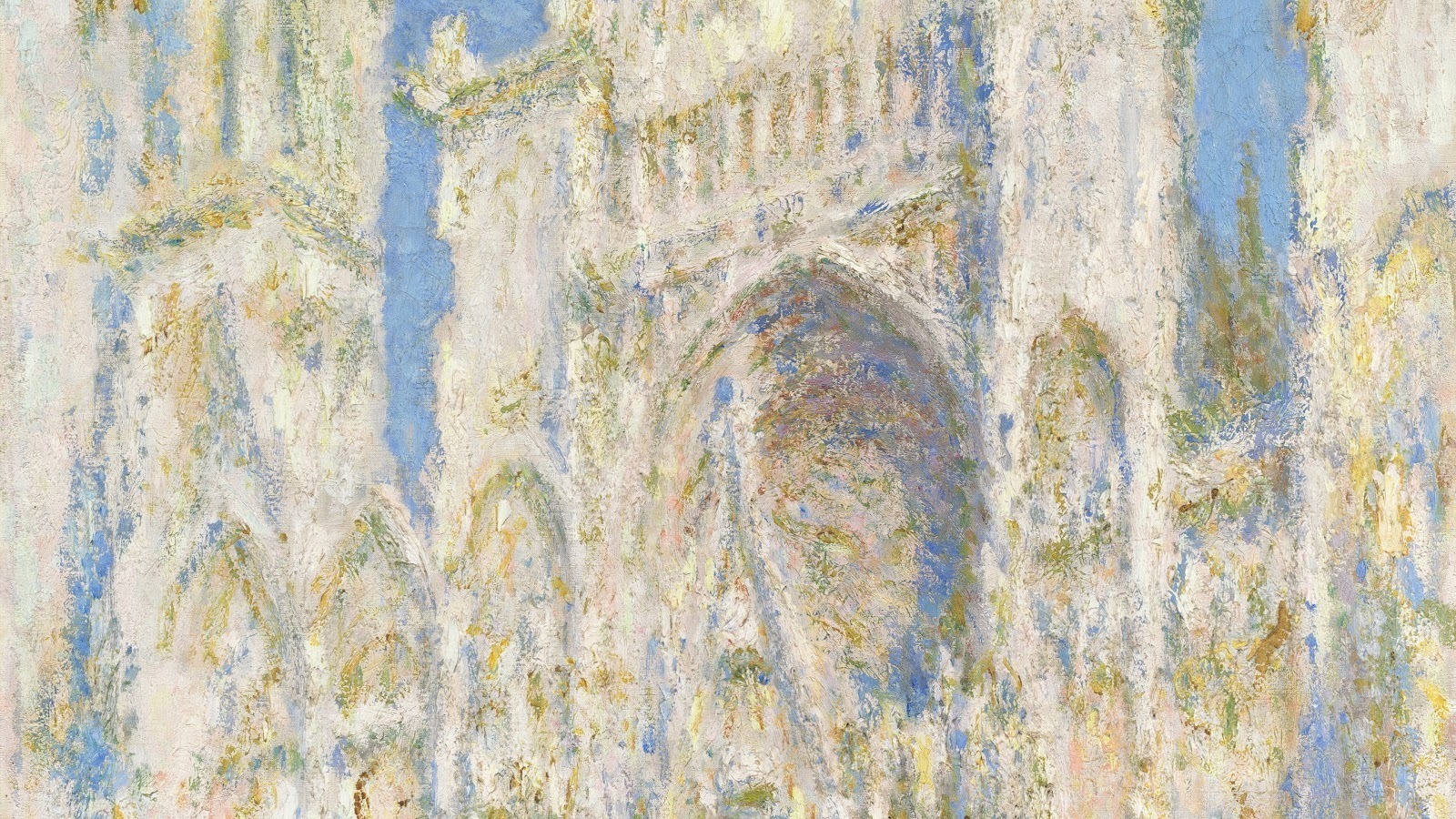Bach’s Orchestral Suite No. 4 in D Major, The Netherlands Bach Society
“This Suite laughs, dances, swings,” says Danish harpsichordist and conductor Lars Ulrik Mortensen in his brief but fascinating overview of J.S. Bach’s Orchestral Suite No. 4 in D Major, BWV 1069. Indeed, this infectious collection of contrasting baroque dances, composed sometime around 1730, is some of the most joyful and exhilarating music ever imagined. As Mortensen points out, Bach must have associated this music with “laughter, joy, and rapture,” because he used the opening …







